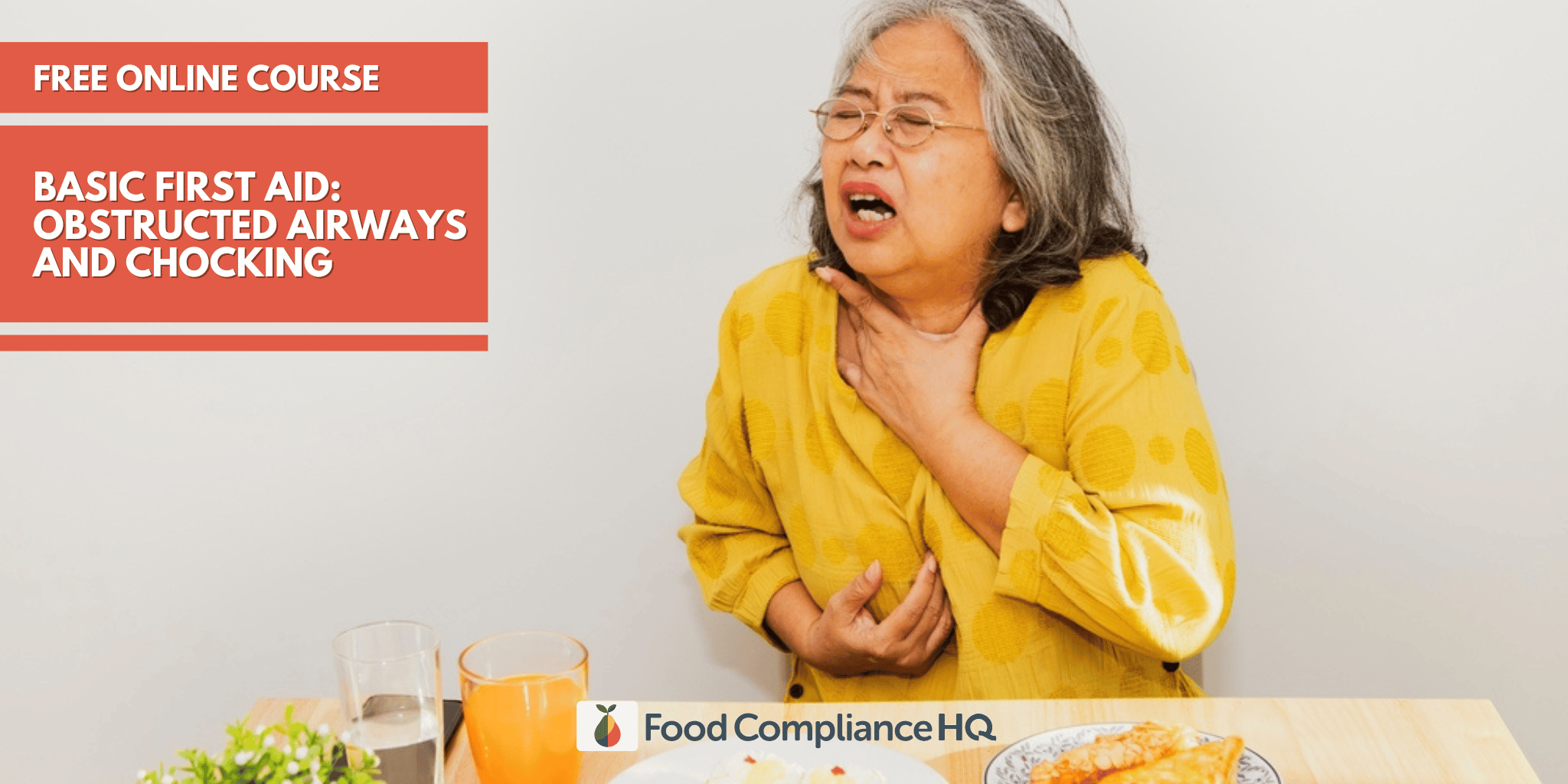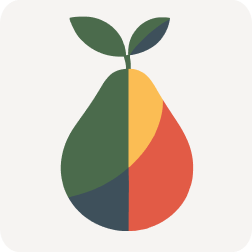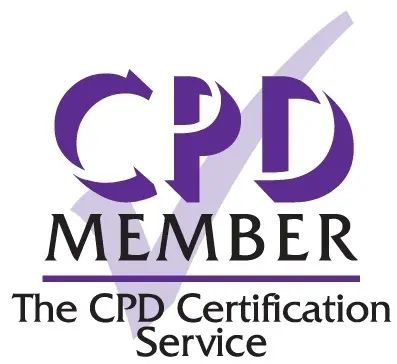Choking is a silent but serious risk, particularly in food service settings where people are eating in fast-paced environments. While any food can become a choking hazard, some are far more likely to cause obstruction than others. Understanding these risks helps food handlers, servers, and kitchen staff take proactive steps to ensure customer safety.
Five of the most common choking hazards
Here are five of the most common choking hazards – and what food service professionals can do to reduce the risks.
1. Hot Dogs and Sausages
Hot dogs and sausages are a major choking hazard due to their cylindrical shape, which can easily block a person’s airway if not chewed properly. Children are particularly vulnerable.
How to reduce the risk:
- Always slice hot dogs and sausages lengthwise before serving to children.
- Encourage diners to chew thoroughly.
- Ensure proper supervision when serving to young children.
2. Grapes
Grapes may seem harmless, but their round, slippery texture makes them a common cause of choking, especially in young children.
How to reduce the risk:
- Always cut grapes in half (or quarters for very young children).
- Avoid serving whole grapes in settings where children are eating without supervision.
- Be mindful when adding grapes to fruit salads or desserts.
3. Nuts and Seeds
Nuts and seeds are small but hard, making them a choking risk if not chewed properly. They also pose additional risks for people with swallowing difficulties or young children.
How to reduce the risk:
- Offer ground or finely chopped nuts as an alternative.
- For children, serve nut butters instead of whole nuts.
- Clearly label dishes containing nuts to ensure diners are aware.
4. Chicken with Bones
Small bones in chicken (or fish) can be difficult to spot, and if accidentally swallowed, they can cause choking or internal injuries.
How to reduce the risk:
- Clearly label dishes that may contain bones.
- Offer boneless options where possible.
- Train staff to properly check for bones during food preparation.
5. Hard Candies
Hard candies are one of the most dangerous choking hazards due to their solid structure. They pose a particular risk for children and elderly individuals with reduced swallowing reflexes.
How to reduce the risk:
- Offer softer alternatives, such as chocolate or chewable sweets.
- Provide clear warnings on menus and packaging.
- Train staff to recognise signs of choking and respond quickly.

Introducing our new course: ‘Basic First Aid: Obstructed Airways and Choking’
Choking is a preventable risk, but only if food handlers, restaurant staff, and catering professionals stay informed and take proactive steps to minimise hazards. Simple adjustments in food preparation, clear labelling, and staff training can save lives.
Want to learn more about choking risks and emergency response in food service settings? Our FREE Basic First Aid: Obstructed Airways & Choking course provides 1 hour of CPD-certified training, teaching you how to recognise, prevent, and respond to choking incidents. Complete the course and earn a certificate upon completion.




